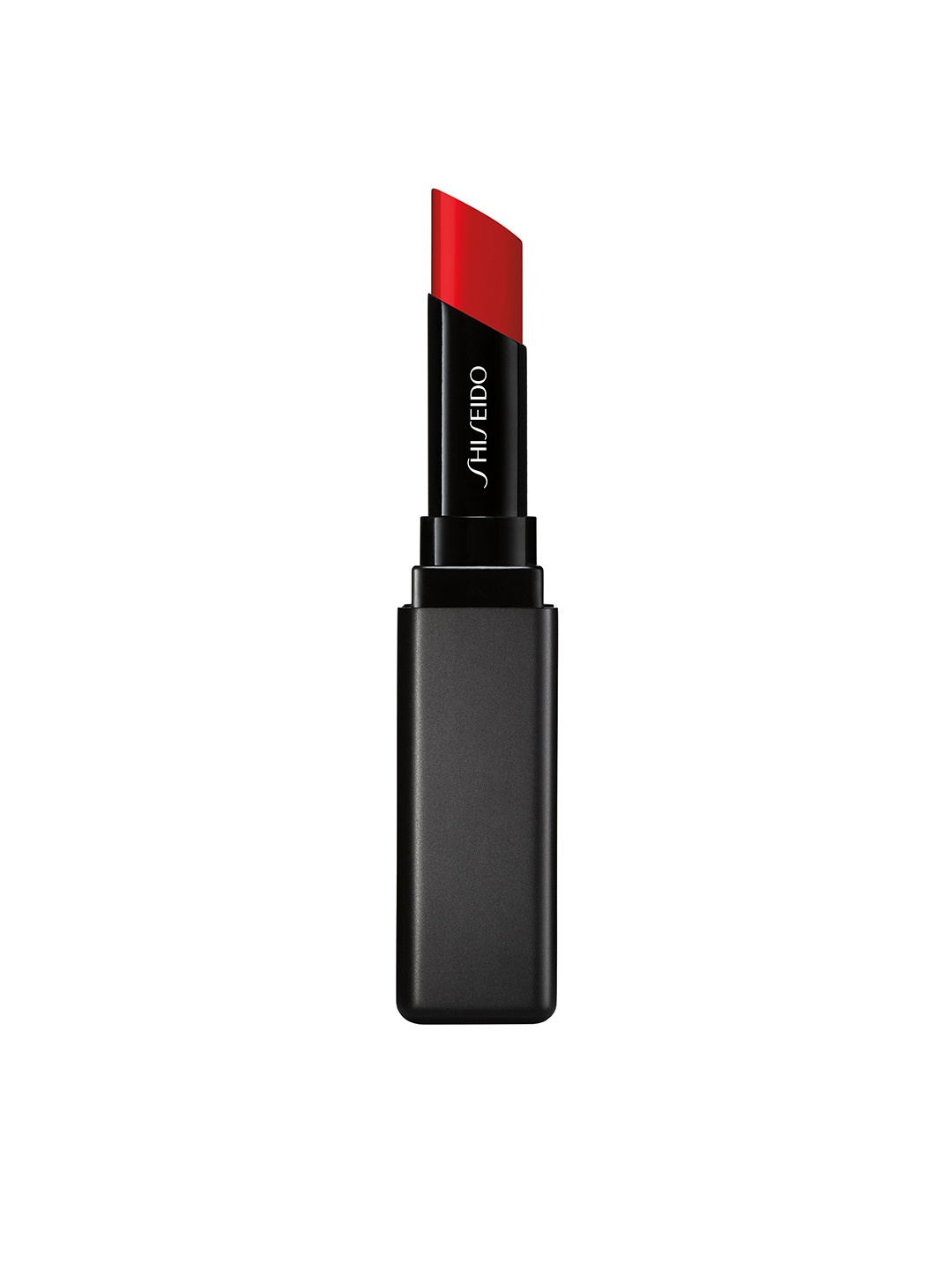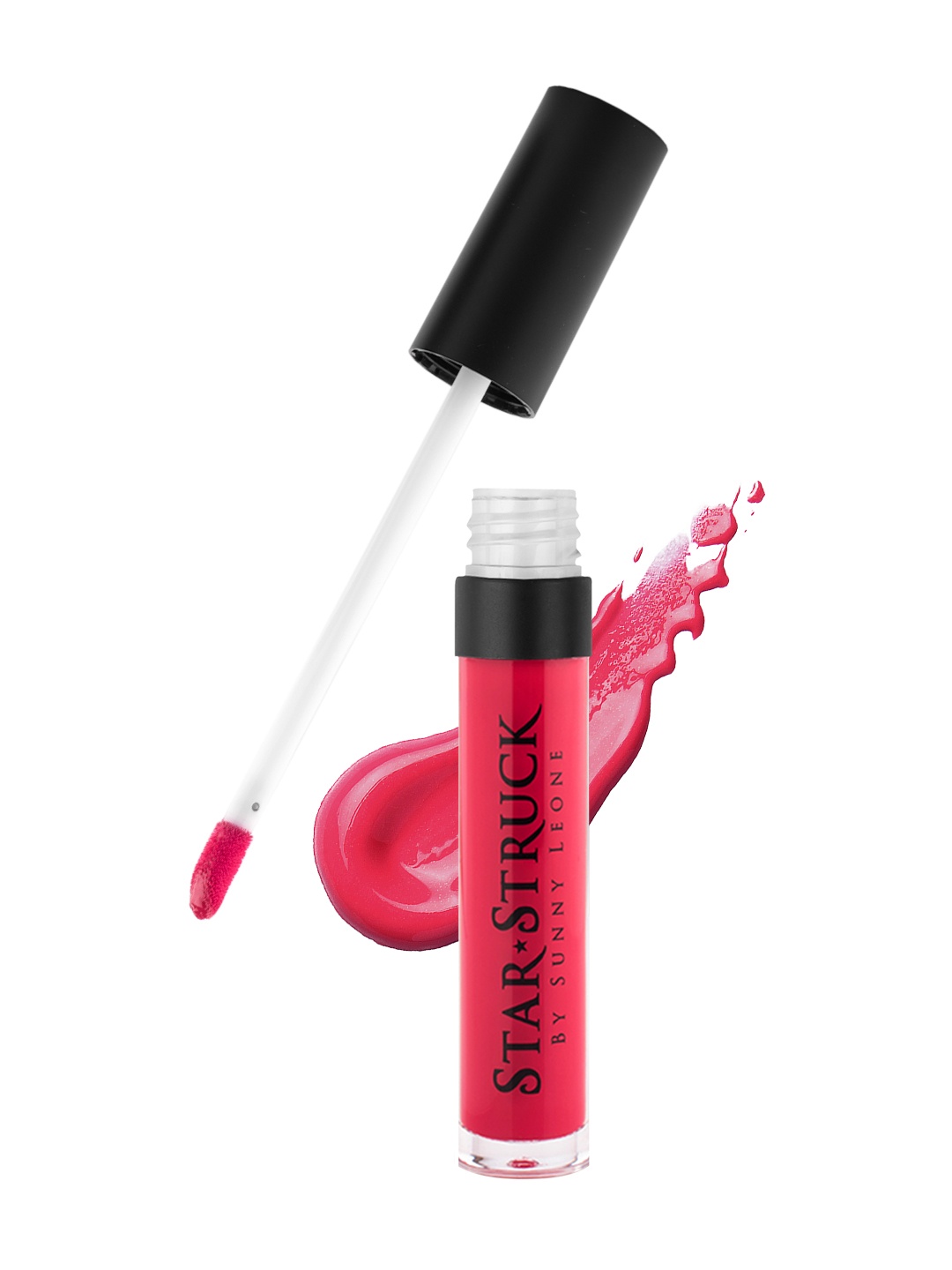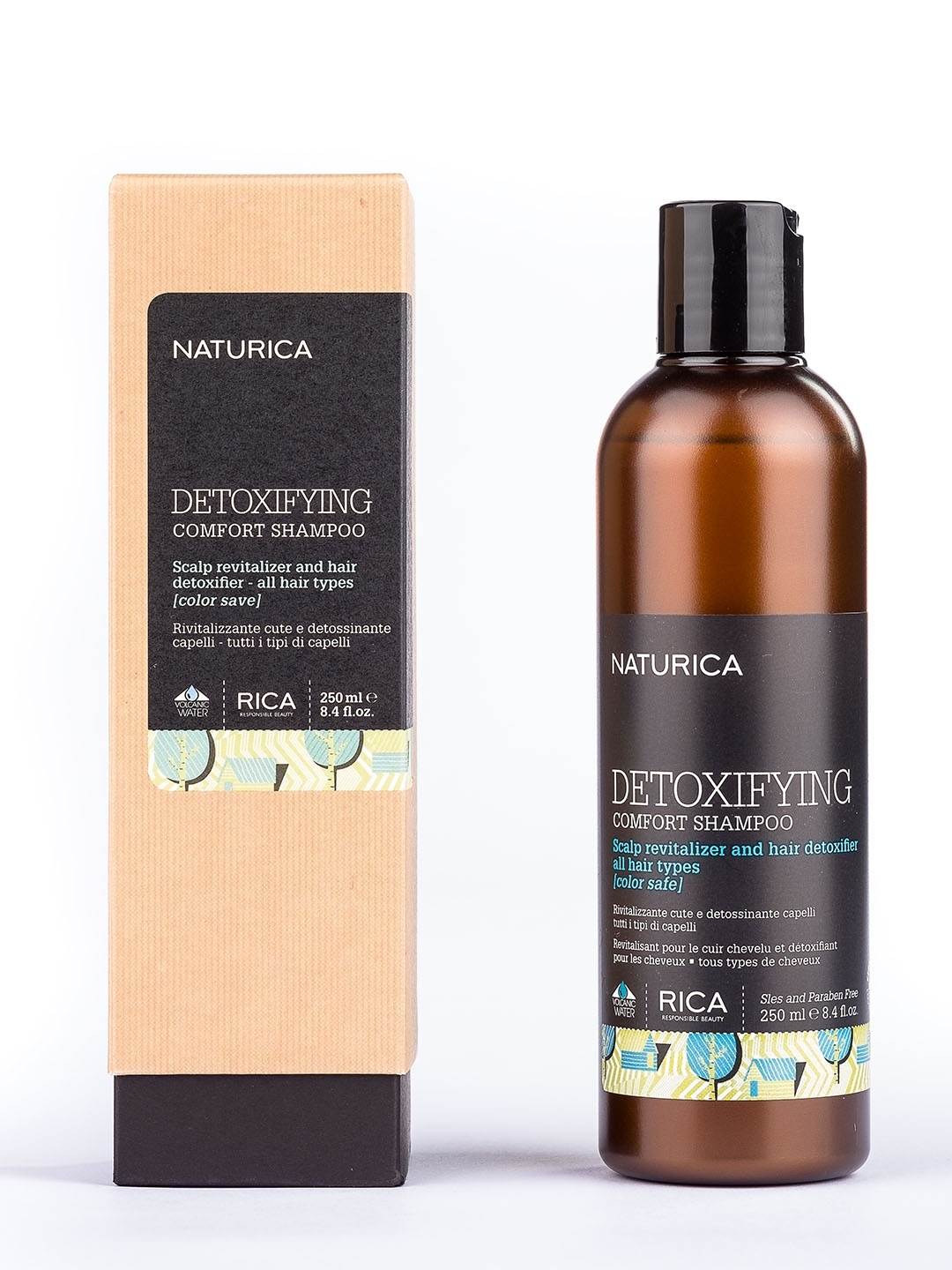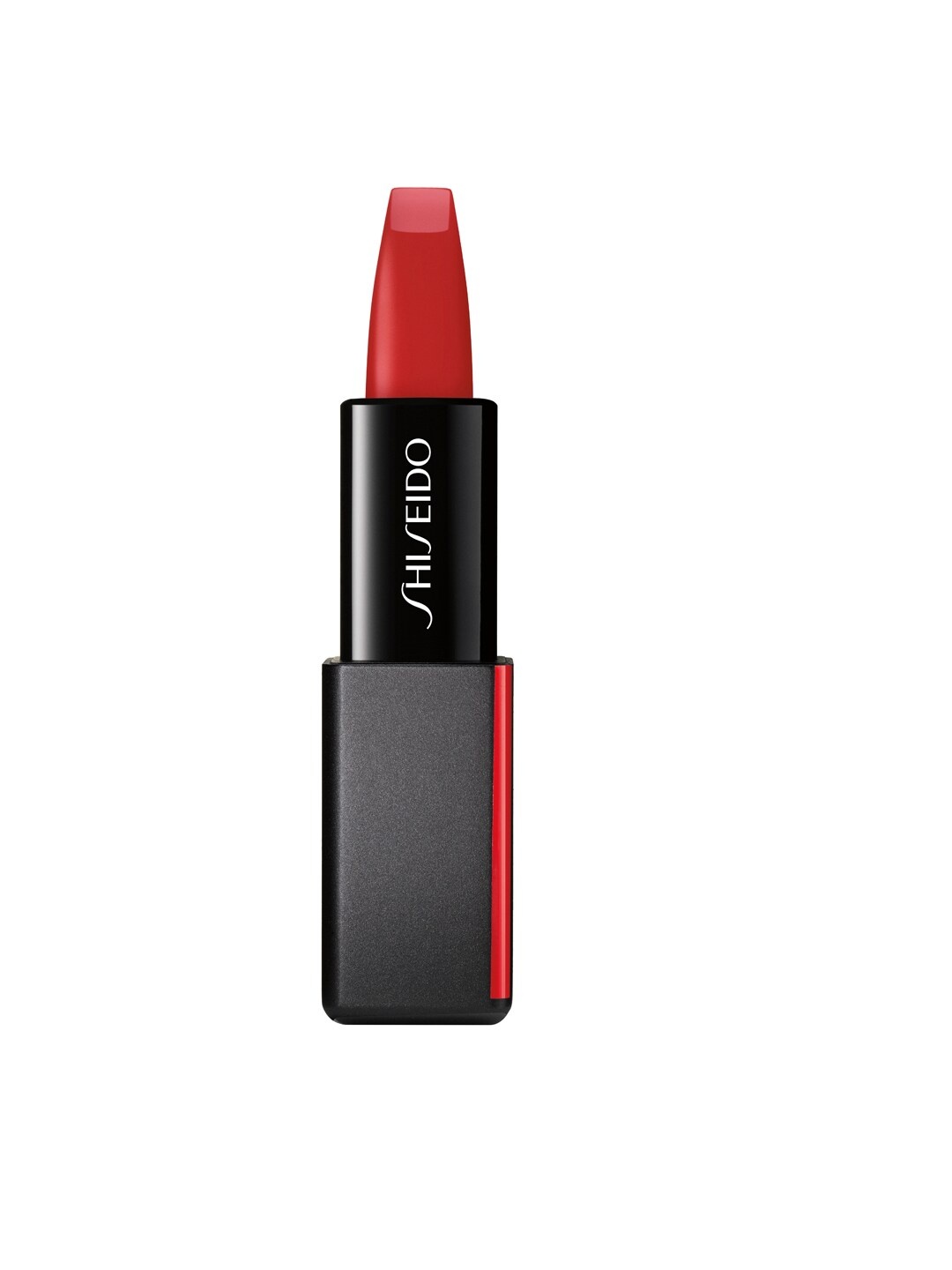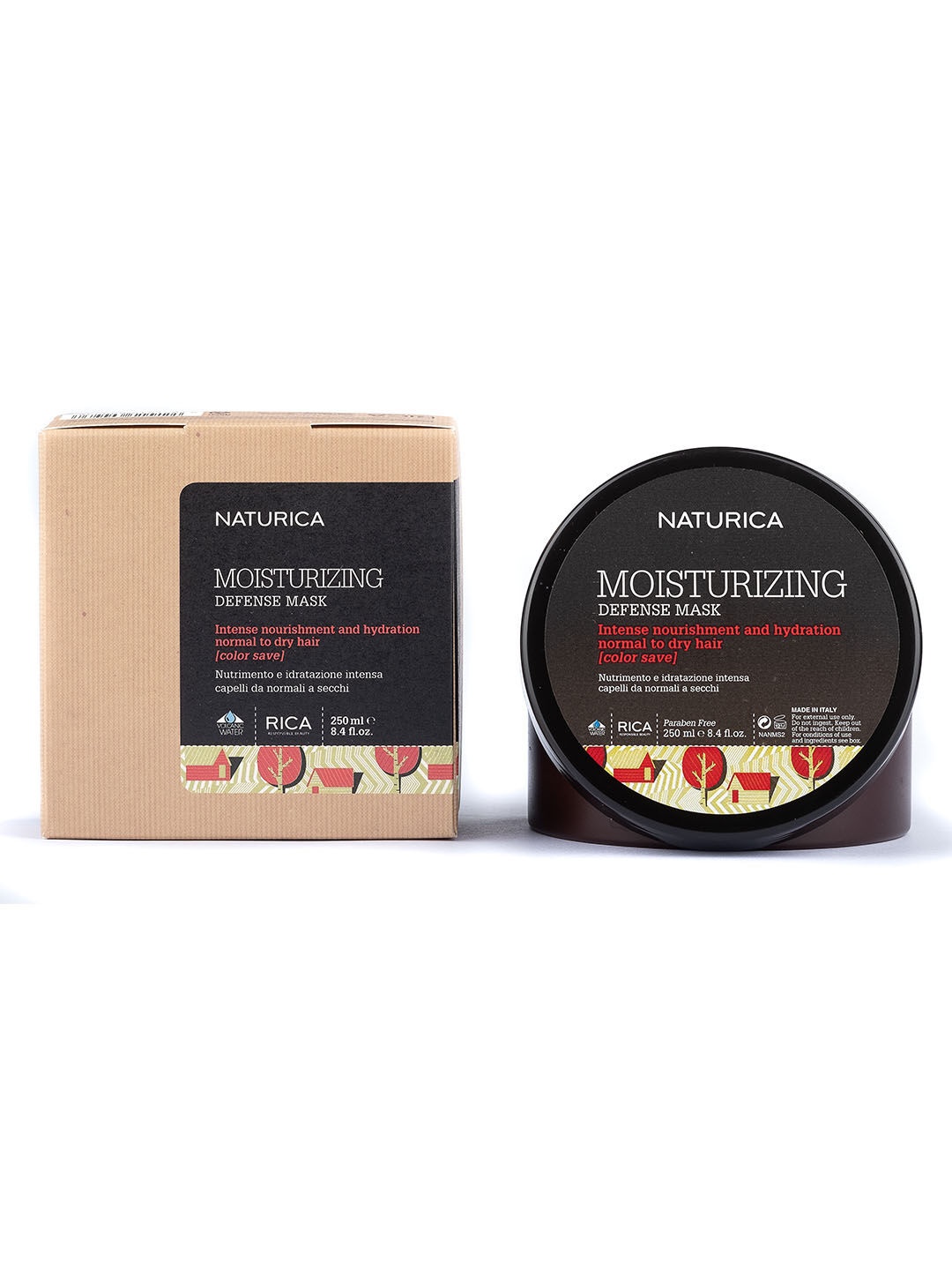Is Your Foundation Stick Caking? Here Is What You Are Doing Wrong
A flawless base is the dream, but caked foundation can quickly turn into a nightmare. So, if you want to know why your foundation stick is caking, we reveal the biggest mistakes you are making and the secrets to a perfect finish.

Flawless Base Every Time: How to Stop Your Foundation Stick from Caking.
The ritual of getting ready often starts with a swipe of foundation stick. It's supposed to glide on, melt into the skin, and give that effortless “your face but better” look. Yet, reality tells a different story. Within a couple of hours, the mirror reflects dry patches, heavy creases, or a thick mask that refuses to blend in. Makeup looking patchy or cakey easily is a beauty woe many face, and the frustration it brings is enough to make someone swear off makeup altogether.
But foundation sticks aren't the villains here. When used right, they're incredibly versatile, convenient to carry, quick to apply, and perfect for touch-ups in traffic or at a wedding function. The problem lies in how they are prepped, applied, and layered. This article uncovers the mistakes leading to cakey finishes and offers simple, relatable solutions to keep your skin looking smooth, fresh, and radiant all day and achieve a flawless makeup look. So, if you want to know why your foundation stick is caking, we reveal the biggest mistakes you are making and the secrets to a perfect finish.

Caking Foundation Stick? Find Out The Top 10 Mistakes You Are Making And Learn How To Get A Flawless Finish; Photo Credit: Pexels
1. Skipping Skincare Prep
The foundation stick doesn't exist in isolation; it sits on your skin, which is very much alive and thirsty. Applying makeup without skincare is like painting on a dusty wall. If skin isn't cleansed, hydrated, and balanced, the product clings to rough spots and enhances imperfections.
A basic prep routine makes a world of difference. Start with a gentle face wash to remove sweat, oil, or leftover cream. A lightweight moisturiser is non-negotiable—whether it's summer in Chennai or winter in Shimla, skin needs hydration. For those with oily skin, a gel-based moisturiser works wonders, while dry skin craves something richer. Let it absorb for a few minutes before makeup. Think of it as letting your skin drink water before layering on the foundation feast.
The smoother the canvas, the better the art. With consistent prep, you'll notice your foundation not just sitting but blending like butter on warm toast.
2. Ignoring Primer Power
Primer often feels like an unnecessary extra, but it's secretly the best friend of a foundation stick. Without it, your base might slide off in humid Mumbai weather or cling to pores during long office hours.
A primer acts like double-sided tape between your skin and the foundation. It smooths uneven texture, blurs pores, and helps makeup last longer. Choosing the right type is key: a mattifying primer for oily skin, a hydrating one for dry skin, or a pore-filling formula for combination skin.
Skipping primer is a common reason for caking. Imagine laying bricks without cement, they'll never stay in place. Similarly, your stick foundation needs that invisible grip to settle in seamlessly. The result? A fresh, even finish that won't betray you halfway through a family get-together.
3. Using Too Much Product
The biggest myth is that more foundation equals better coverage. In reality, piling it on only exaggerates texture and creates a heavy mask. Stick formulas are concentrated, so a little goes a long way.
Swipe sparingly, one line on each cheek, a dab on the forehead, and a touch on the chin is usually enough. Blend it outwards rather than plastering more layers. If extra coverage is needed, target those areas with a small brush or fingertip instead of dragging the stick all over again.
Think of foundation like salt in food, just enough enhances flavour, but too much ruins the dish. Controlled application keeps the finish natural and radiant, while overuse invites creasing, heaviness, and of course, caking.

Avoid using multiple layers of foundation as it becomes prone to caking; Photo Credit: Pexels
4. Wrong Blending Technique
How the product is blended makes or breaks the look. Many swipe the stick and quickly rub it in with fingers, but this often leaves streaks and uneven patches. Stick foundations are slightly thicker than liquid formulas, and they demand patience.
The trick is to blend in small sections at a time, preferably with a damp sponge or a dense brush. The sponge gives a soft, airbrushed effect, while the brush offers more coverage. Fingers can work too, but always tap instead of dragging; this avoids disturbing the base underneath.
Picture blending like rolling out dough, press gently, work evenly, and avoid lumps. With the right strokes, the foundation merges with the skin instead of sitting on top, giving that enviable fresh-faced glow.
5. Neglecting Skin Type Needs
Not all stick foundations are created equal, and not all skin types react the same. Using a dewy, creamy stick on very oily skin can lead to melting and patchiness, while a matte, dry formula on already parched skin highlights every flake.
The first step is knowing your skin type, oily, dry, normal, or combination. Match the foundation formula to it. For oily skin, go for oil-free or mattifying sticks; for dry skin, creamy hydrating ones; for normal skin, flexible formulas that balance both.
Ignoring these needs is like wearing a woollen sweater in peak May, uncomfortable and suffocating. Respecting your skin's personality ensures your foundation feels light, looks natural, and stays put without drama.
Also Read: Luxury Foundations That Are Worth Trying For Added Sun Protection
6. Skipping Setting Techniques
Foundation sticks alone won't last through a long day at the office, a train commute, and dinner plans. Setting is what locks it in place. Without it, natural oils break through, and the stick starts clumping or sliding off.
For oily or humid conditions, a fine dusting of translucent powder seals the deal. Press it gently with a puff, focusing on the T-zone where shine loves to appear. For dry skin, setting spray is a lifesaver, keeping the finish dewy yet secure. Many also combine both: powder first, spray later, for bulletproof wear.
Think of setting as fastening a seatbelt; it keeps everything safe and in place, no matter how bumpy the ride. Skipping it is a sure way to invite midday cakiness.

Use a setting spray or loose powder to set your base in place; Photo Credit: Pexels
7. Layering Wrong Products
Mixing incompatible formulas is another silent culprit. Heavy moisturiser, silicone-rich primer, thick stick foundation, and powder piled on top, it's like too many cooks in one kitchen, creating chaos instead of harmony.
The golden rule is to stick with similar textures. Creamy moisturiser pairs well with hydrating sticks, while matte primers work with oil-free foundations. Layering should feel like building a house: strong foundation, balanced walls, and a finishing touch.
If a product pills, separates, or refuses to blend, it's a sign of a mismatch. Streamlining your routine not only avoids cakiness but also saves time and money. After all, fewer products, used correctly, always beat an overflowing vanity.
8. Forgetting Touch-Ups
Life in bustling cities doesn't pause for makeup checks. Between the heat, pollution, and endless errands, foundation inevitably shifts. The mistake is ignoring it until the evening, only to find a cracked, cakey reflection staring back.
Carry a compact mirror and blotting sheets or a travel-sized setting spray. Instead of adding more foundation, which worsens the cakiness, blot away excess oil and refresh with a light mist. If coverage fades, apply a tiny bit only where needed and blend it in.
Think of touch-ups as refuelling your vehicle. A quick pit stop keeps everything smooth until the day is done. It's the secret to looking fresh at an office party or during wedding season when photos come without warning.
9. Ignoring Weather and Occasion
Makeup isn't one-size-fits-all. A foundation stick that works perfectly in air-conditioned offices might fail at an outdoor sangeet or a summer road trip. Weather, occasion, and duration matter as much as the formula itself.
In hot, humid months, lightweight, oil-free sticks with powder setting are ideal. During dry winters, creamy sticks with hydrating prep shine best. For long events like receptions, a stronger primer and setting combo ensures longevity.
Choosing the right foundation strategy for the day is like dressing for the season. You wouldn't wear a raincoat in April heat, so why expect a thick foundation stick to survive Holi brunch under the sun? Awareness of conditions helps tailor the application for a comfortable, flawless finish.

Choose the right formula depending on the weather conditions; Photo Credit: Pexels
10. Not Removing Makeup Properly
Ironically, tomorrow's cakiness often starts the night before. Sleeping with traces of foundation clogs pores, disrupts skin texture, and causes flakiness. When makeup isn't removed well, even the best stick struggles to look smooth the next day.
Invest in a good cleansing balm or micellar water, followed by a gentle face wash. Double cleansing ensures skin is free of residue, oil, and pollution. Ending with a night moisturiser allows skin to repair overnight, waking up fresh for the next day's base.
Think of it like washing utensils after a party, leaving them dirty, and they're harder to clean later. With consistent cleansing, your foundation has a clean, supple canvas, reducing the chance of future caking.
Products Related To This Article
1. Coloressence HD Foundation Stick-14g Beige
2. Lakme Facelift Foundation Stick N260
3. Makeup Revolution London Fast Base Stick Foundation
4. Pilgrim Dream Matte Full Coverage Foundation Stick
5. Olivia Skinsync Makeup Stick with SPF 25
A foundation stick doesn't have to be the enemy of smooth skin. Most cakiness issues come from small oversights, skipping skincare, over-applying, neglecting weather, or layering products poorly. With a little awareness, the humble stick transforms into a makeup ally, delivering natural coverage that feels light and looks polished.
The next time the mirror shows a patchy base, remember it's not about buying the most expensive stick or stocking up on every new launch. It's about understanding your skin, prepping it with care, and applying with intention. When makeup is treated as a partnership with the skin, not a battle against it, the result is a radiant face that lasts through meetings, weddings, and even traffic jams.
So, keep the stick, ditch the cakiness, and let your foundation finally do what it was meant to, enhance, not hide. Shop stick foundations online.
Disclaimer: The images used in this article are for illustration purpose only. They may not be an exact representation of the products, categories and brands listed in this article.











